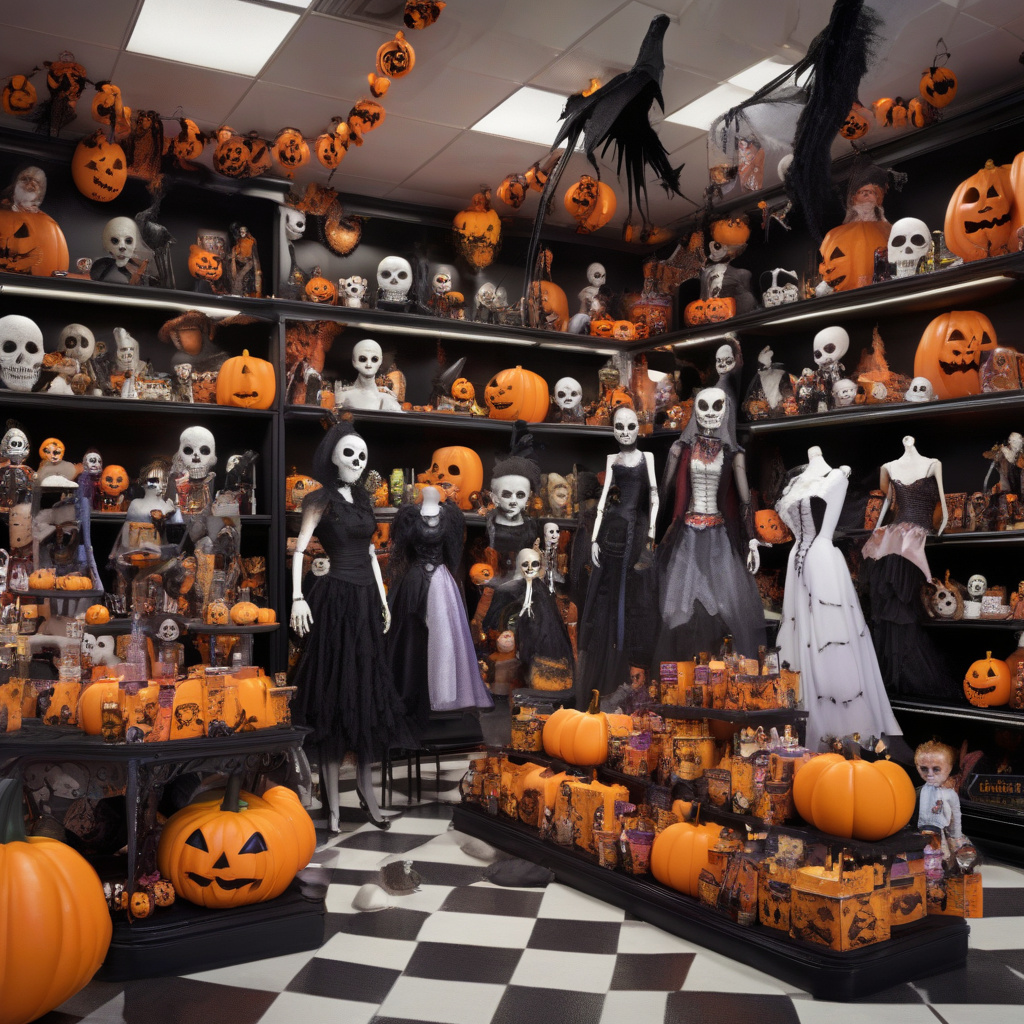The Backroom: Halloween Casts a Spell Over Retail
As summer fades and the leaves change color, the retail sector eagerly anticipates the arrival of Halloween. What started as a single day of trick-or-treating has transformed into a months-long celebration, culminating in a staggering $13 billion industry. This phenomenon raises an intriguing question for retailers: Is Halloween merely a prelude to the holiday season, or does it signify a shift in consumer behavior that could reshape the future of retail?
Over the past decade, Halloween has evolved into much more than just a holiday. It has morphed into an elaborate spectacle, with consumers spending on costumes, decorations, and themed parties. According to the National Retail Federation (NRF), spending on Halloween-related items has steadily increased, with more than 179 million Americans expected to participate in Halloween festivities. This year, consumers are projected to spend an average of $108.24 each, demonstrating the holiday’s growing significance in the retail calendar.
One of the most compelling aspects of Halloween’s expansion is the way it has redefined consumer engagement. Retailers have capitalized on this trend by creating immersive experiences that extend beyond traditional shopping. Stores are adorned with Halloween-themed displays, and many host events like costume contests and pumpkin carving workshops. These initiatives not only draw in customers but also foster a sense of community, encouraging repeat visits and boosting overall sales.
Retail giants such as Target and Walmart have embraced this shift, dedicating significant shelf space to Halloween merchandise well before October begins. This strategic move allows them to capture early shoppers and maximize their profits. For instance, Target has expanded its Halloween collection to include everything from home décor to gourmet treats, catering to the diverse interests of consumers. By creating a robust assortment of products, they ensure that customers can find everything they need under one roof, enhancing the shopping experience.
Moreover, the rise of e-commerce has played a pivotal role in Halloween’s retail expansion. Online shopping platforms have made it easier for consumers to purchase costumes and decorations from the comfort of their homes. Retailers such as Amazon and Etsy have seen an uptick in sales during the Halloween season, as customers seek unique and personalized items. This trend illustrates how convenience and variety can significantly impact consumer behavior, making it imperative for retailers to establish a strong online presence.
However, the Halloween phenomenon raises questions about its implications for the holiday shopping season. Traditionally, retailers have viewed Halloween as a precursor to Thanksgiving and Christmas. As Halloween spending grows, some experts argue that it may encourage consumers to begin their holiday shopping earlier in the year. If shoppers are already in a spending mindset, they may be more inclined to purchase gifts and decorations for the upcoming holiday season soon after Halloween.
The potential for Halloween to influence holiday shopping patterns is evident in the way retailers are marketing their products. Many are already introducing holiday-themed items alongside their Halloween merchandise, effectively merging the two seasons. This strategy not only capitalizes on consumer enthusiasm but also serves to extend the shopping window, potentially increasing overall sales.
Additionally, the rise of themed events during Halloween can provide retailers with valuable insights into consumer preferences. By analyzing which products resonate most with customers, retailers can tailor their holiday offerings accordingly. For example, if a particular costume or decoration proves to be especially popular, retailers can use that information to inform their holiday inventory and marketing strategies.
Despite the optimistic outlook for Halloween’s impact on retail, it is essential to consider the challenges that lie ahead. The ongoing economic uncertainties and inflationary pressures may affect consumer spending habits. Retailers must remain agile and responsive to changing market conditions to maintain their momentum during this critical period.
In conclusion, Halloween has undeniably cast a spell over the retail landscape, emerging as a significant force in the industry with its $13 billion market. As retailers navigate this evolving terrain, they must recognize the potential for Halloween to influence consumer behavior and holiday shopping patterns. By creating engaging experiences, embracing e-commerce, and adapting to market dynamics, retailers can harness the magic of Halloween to drive growth and success throughout the year.
Halloween, retail, consumer behavior, holiday shopping, e-commerce
